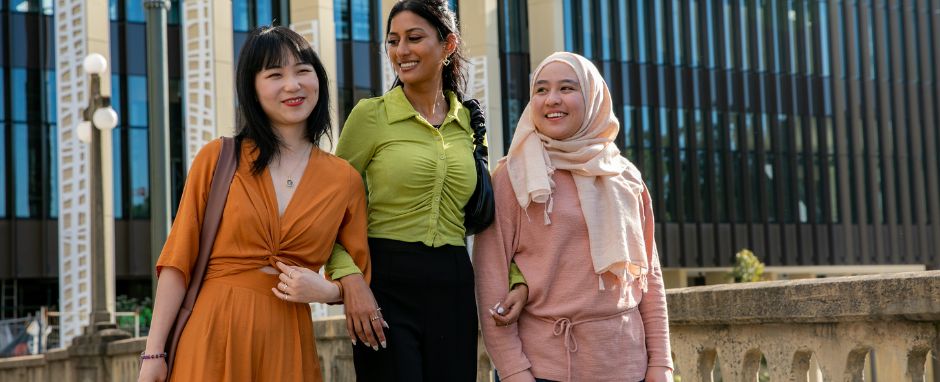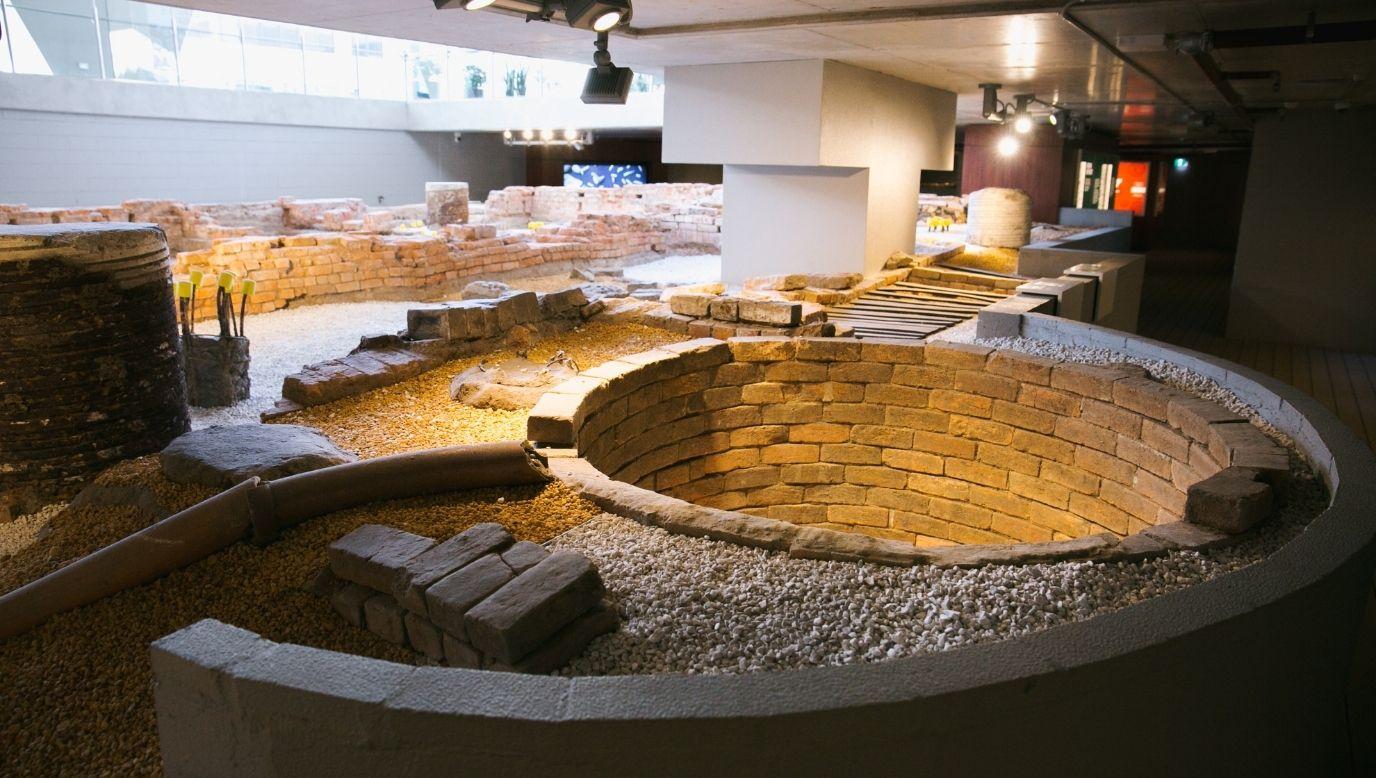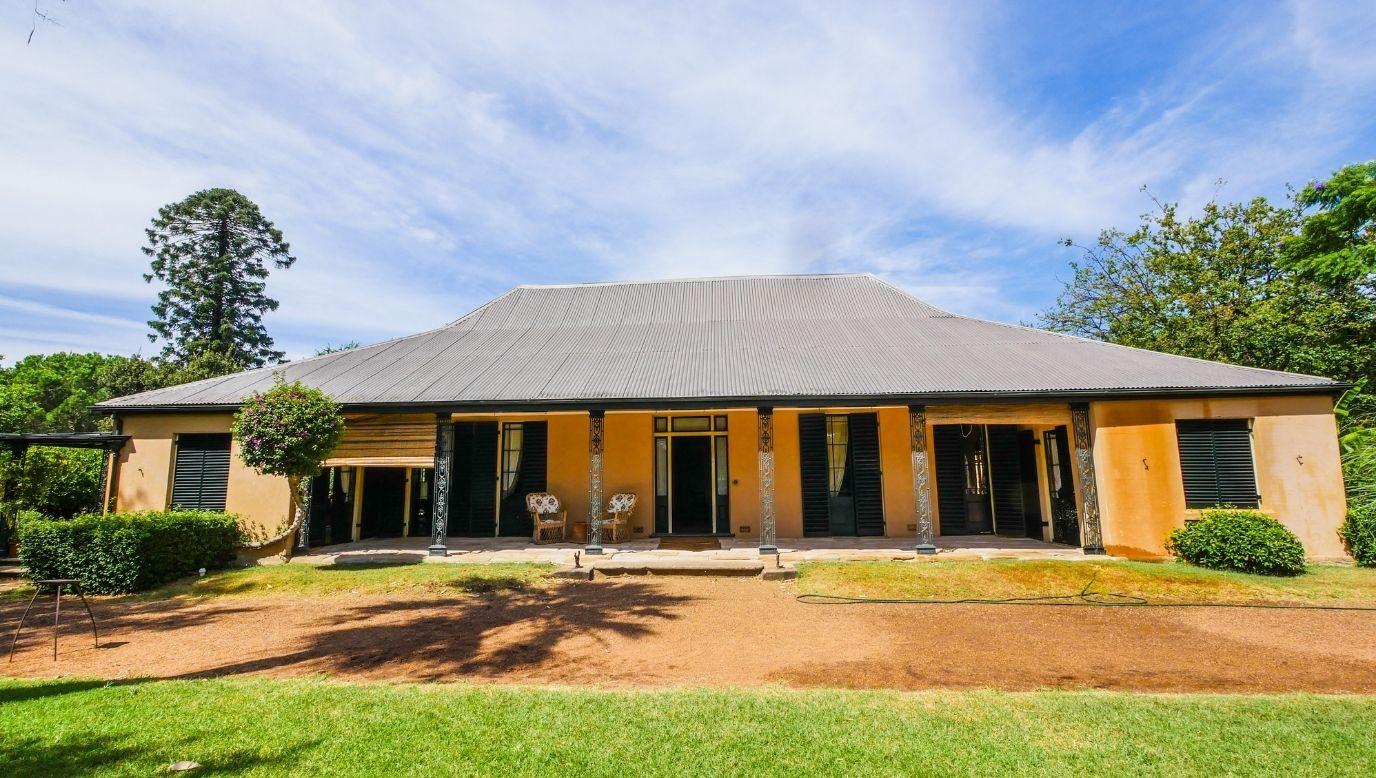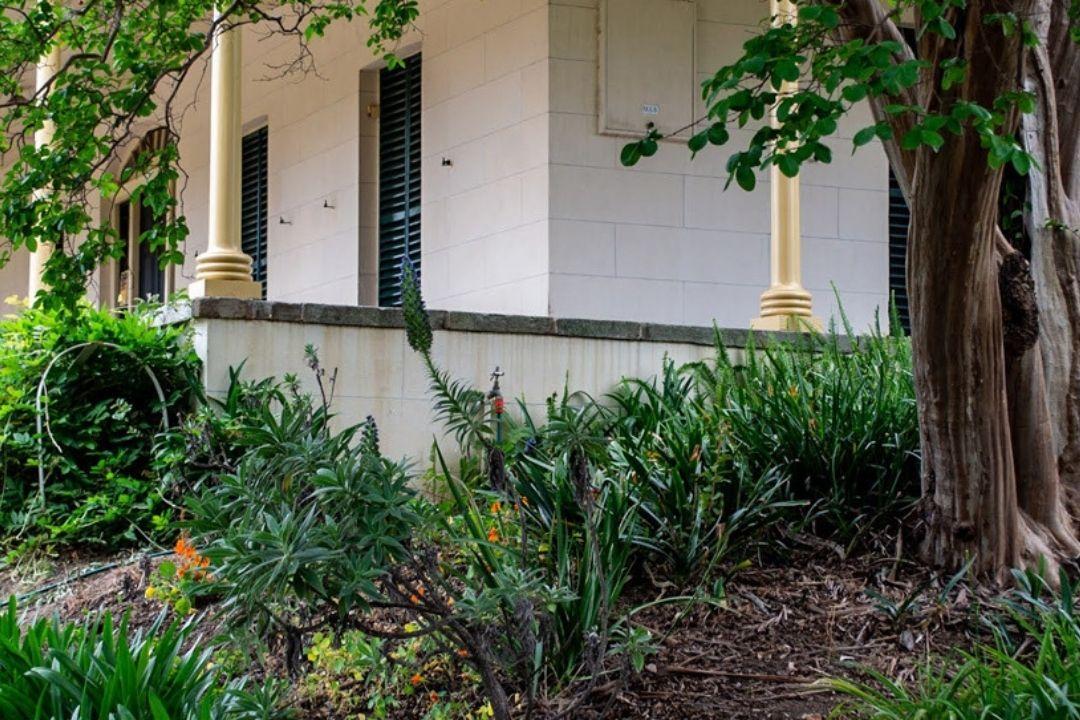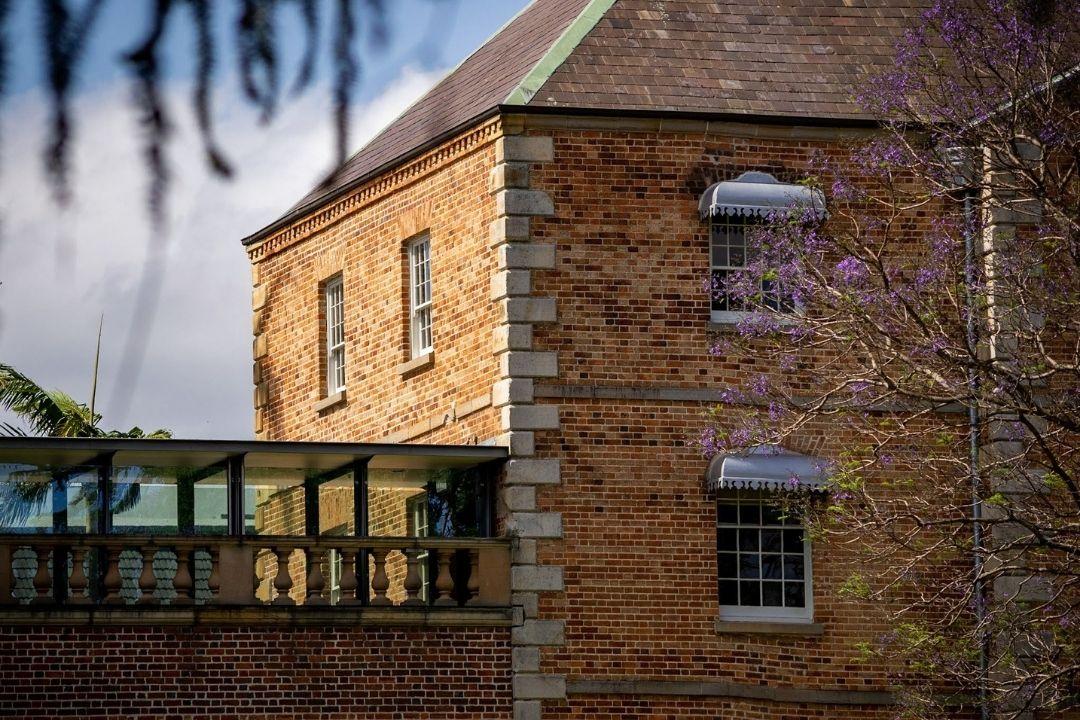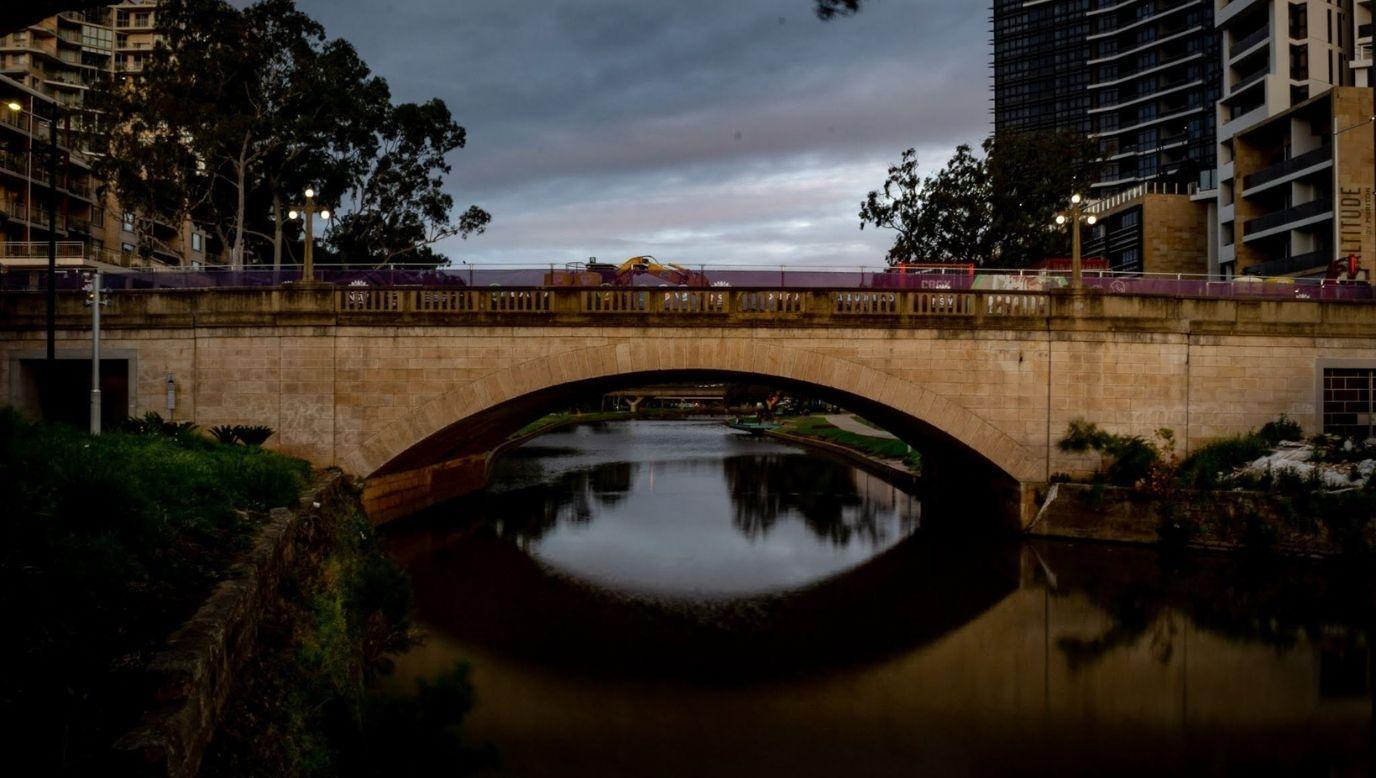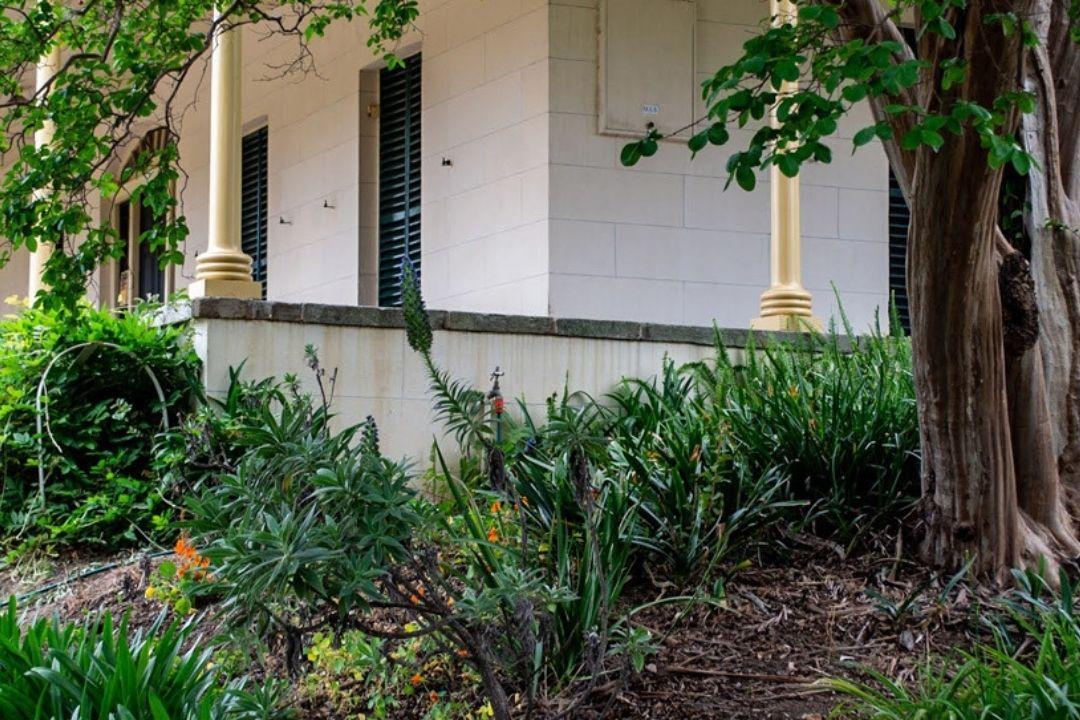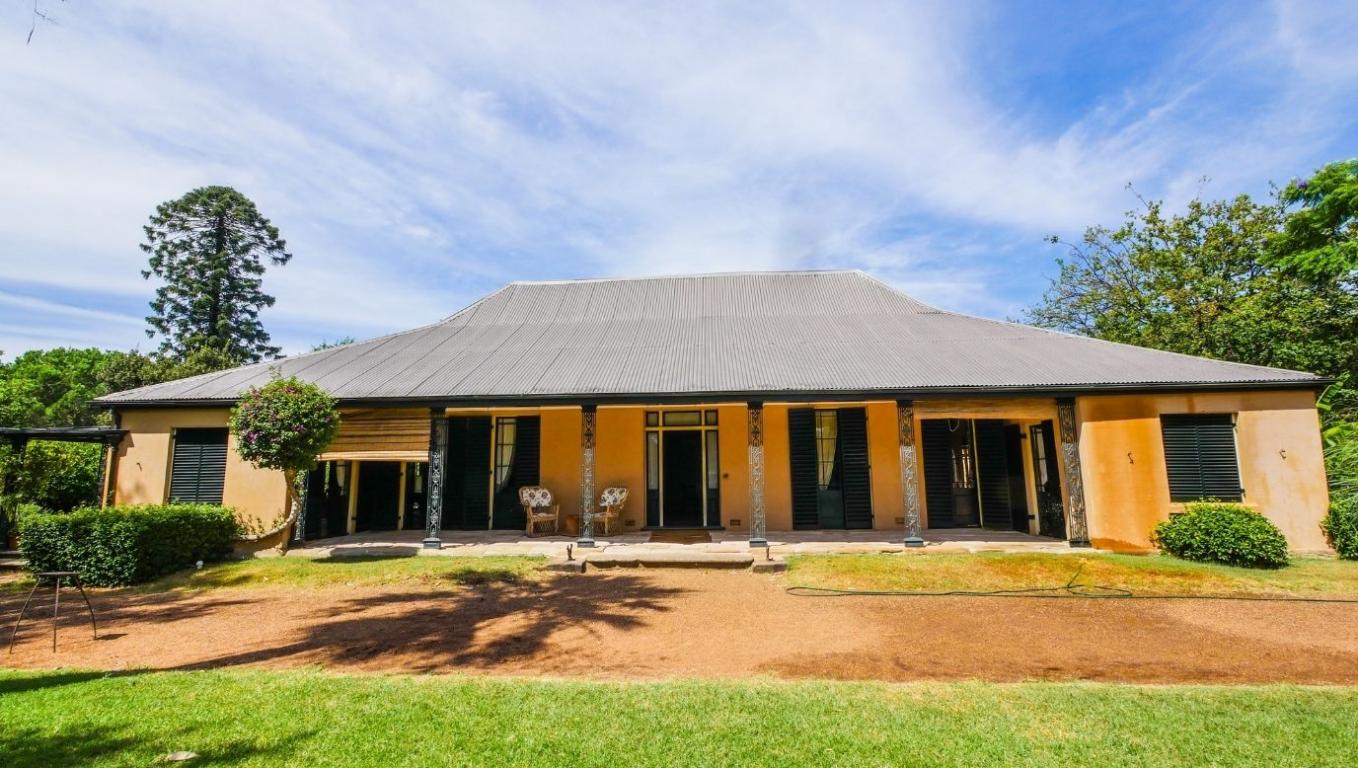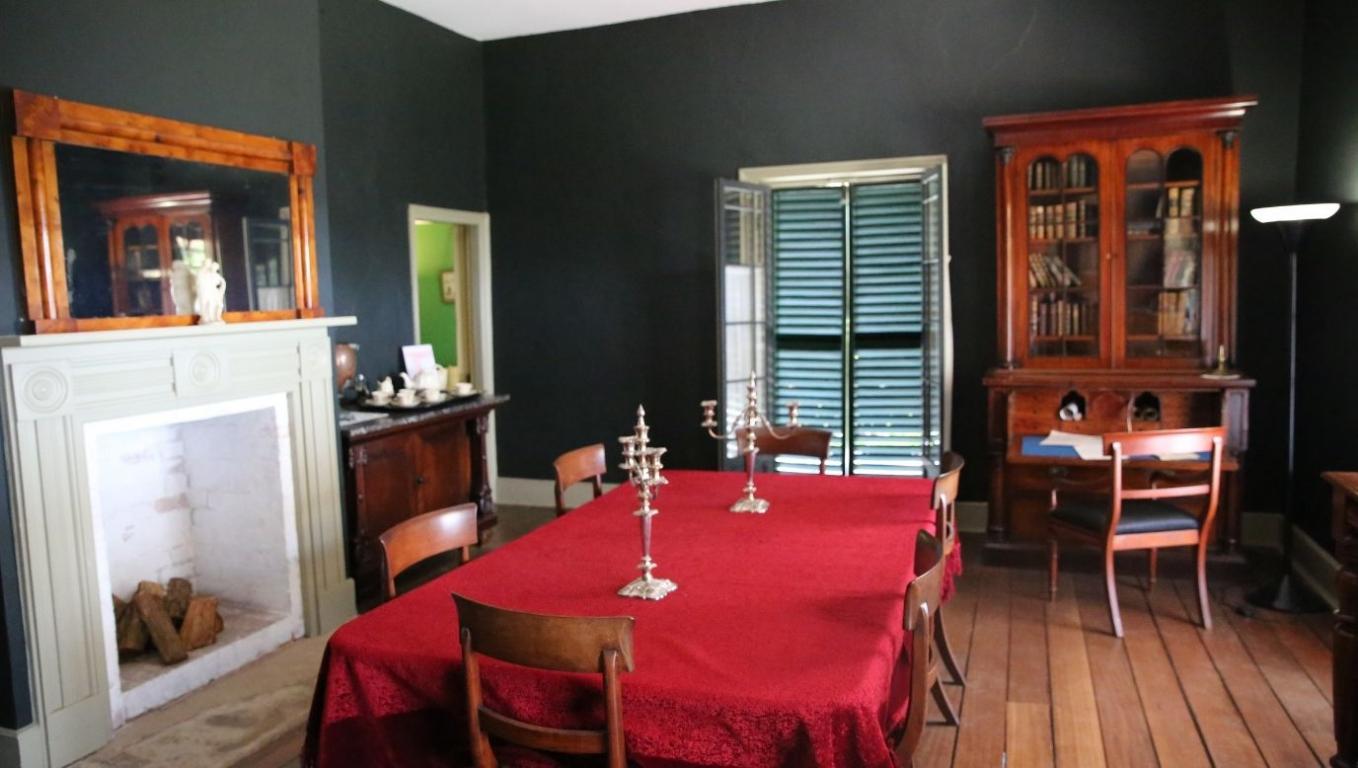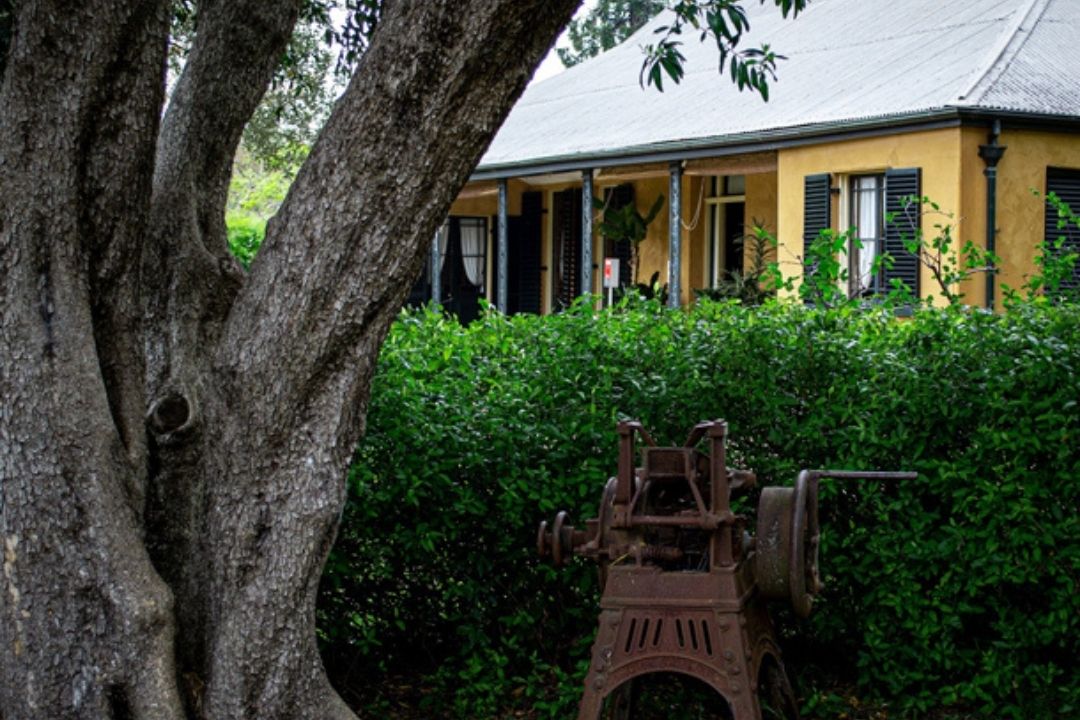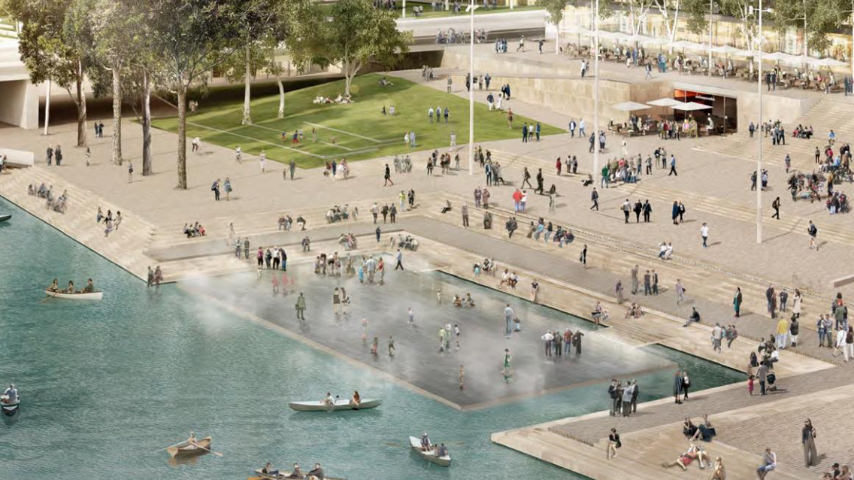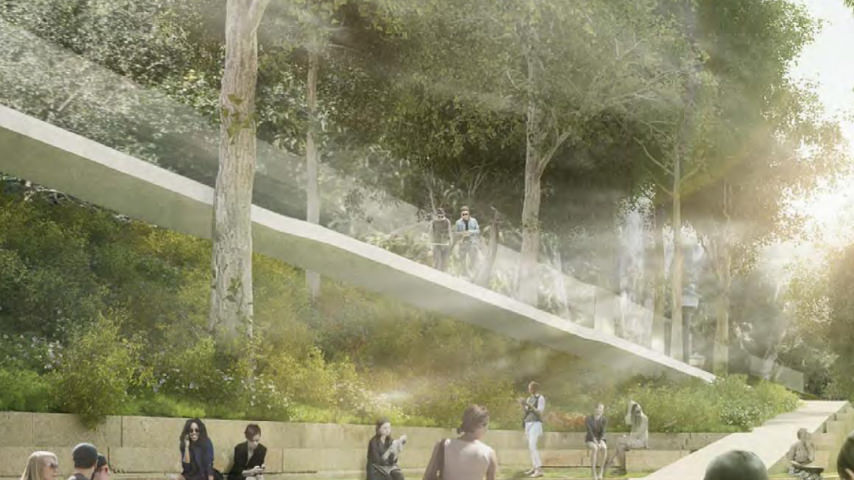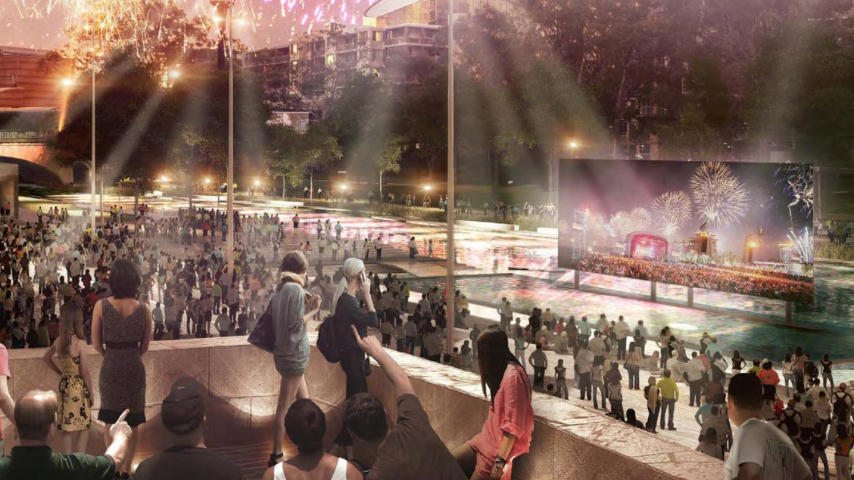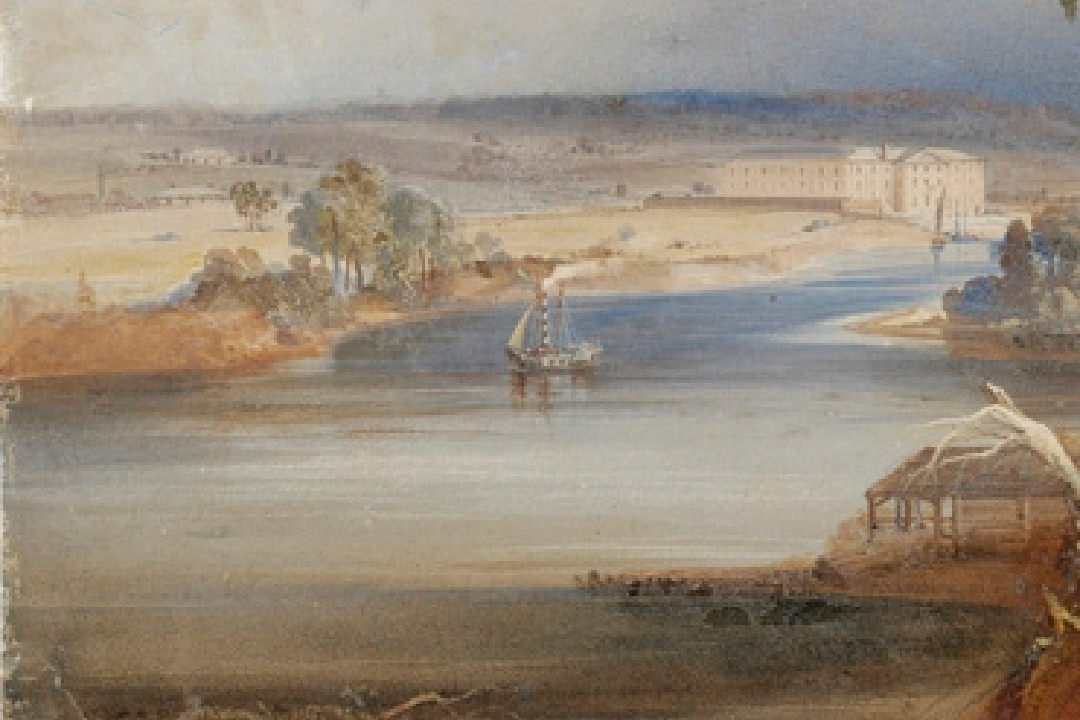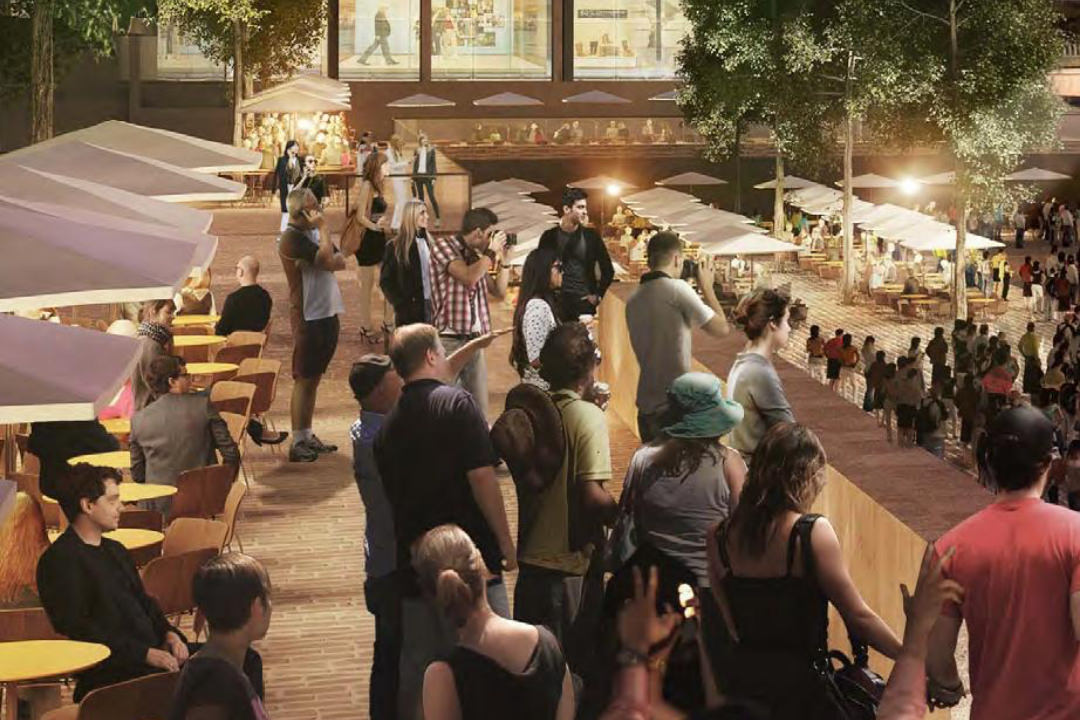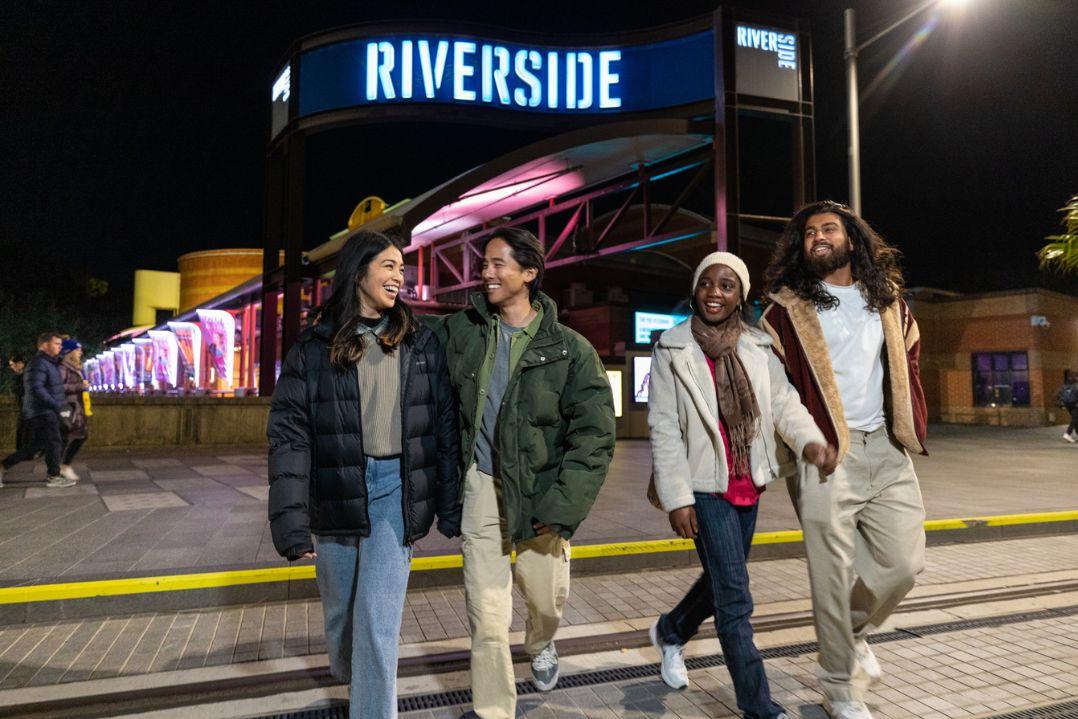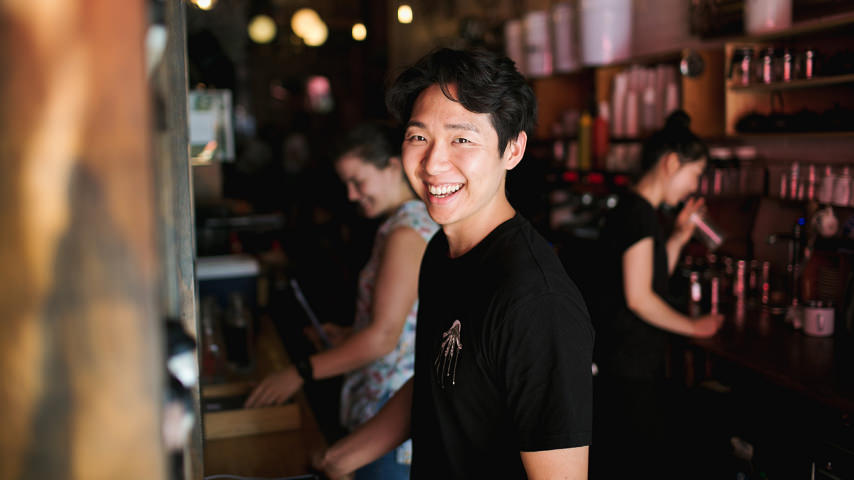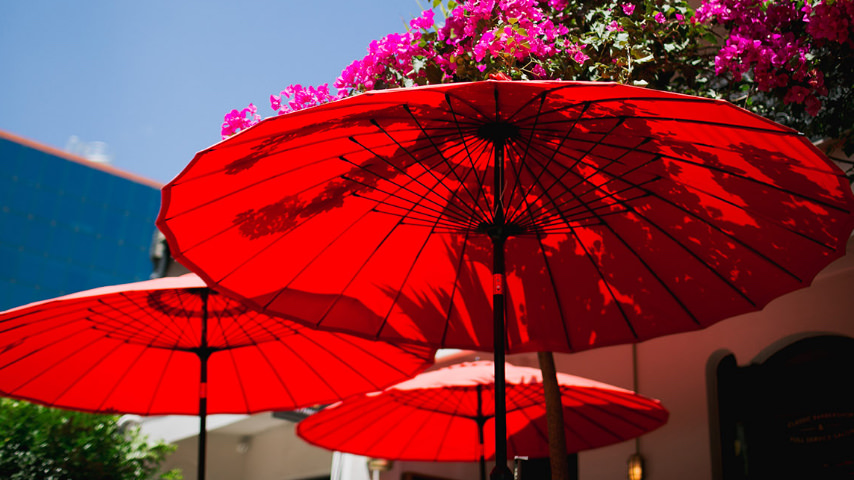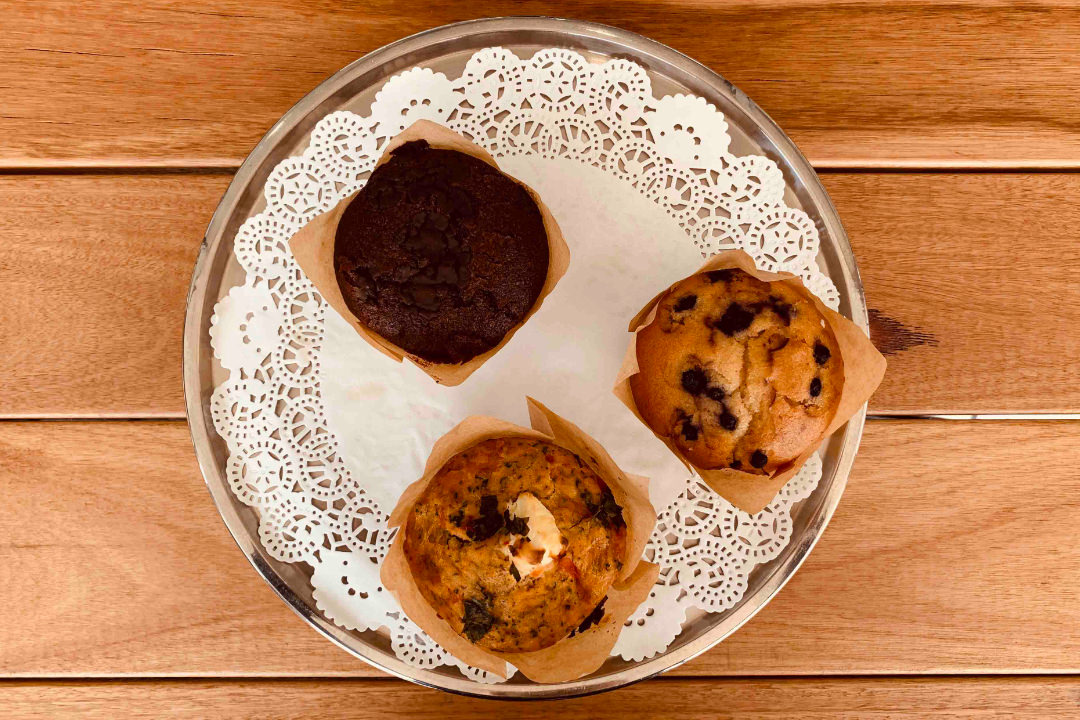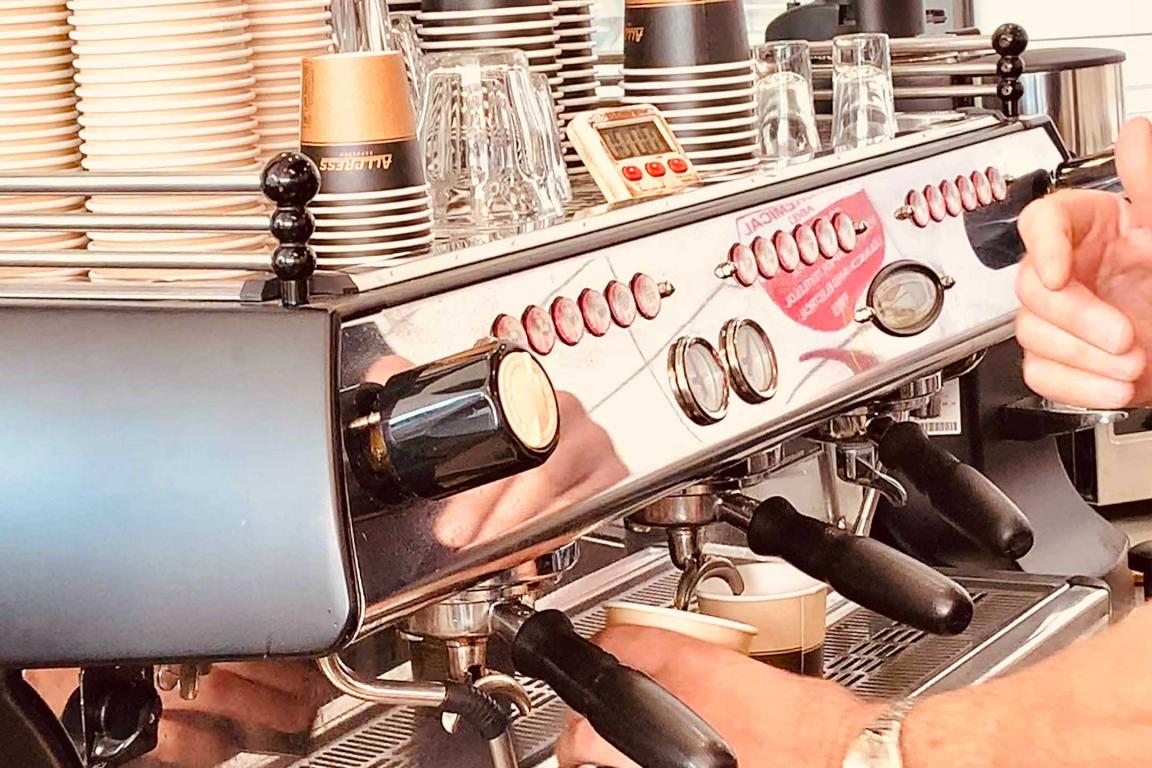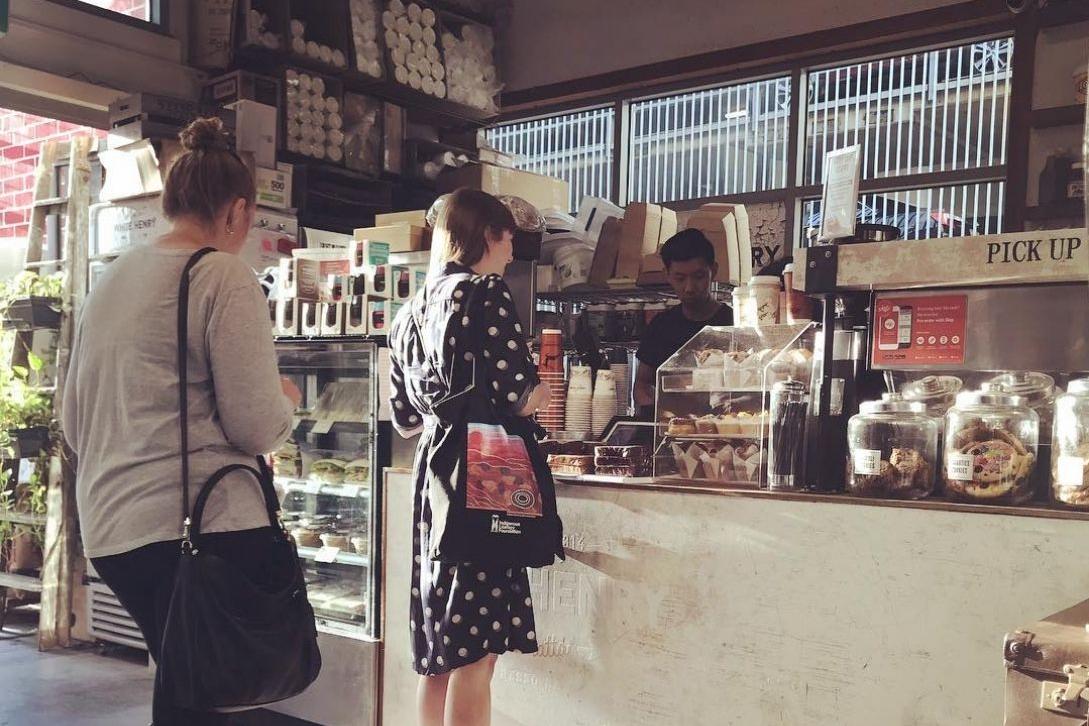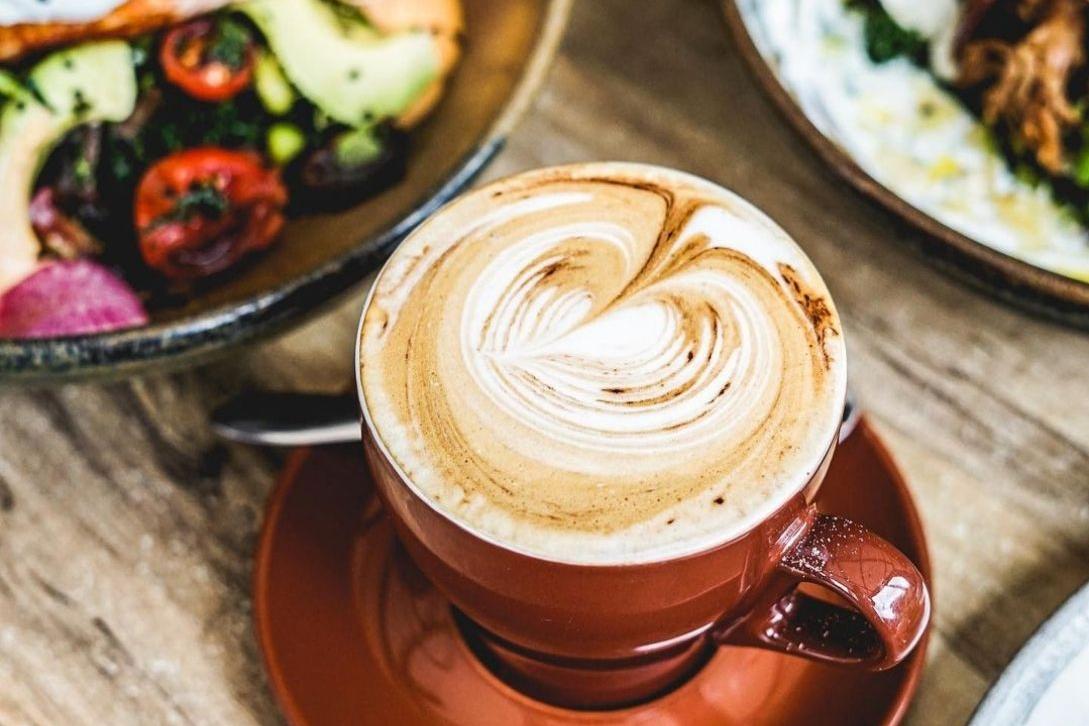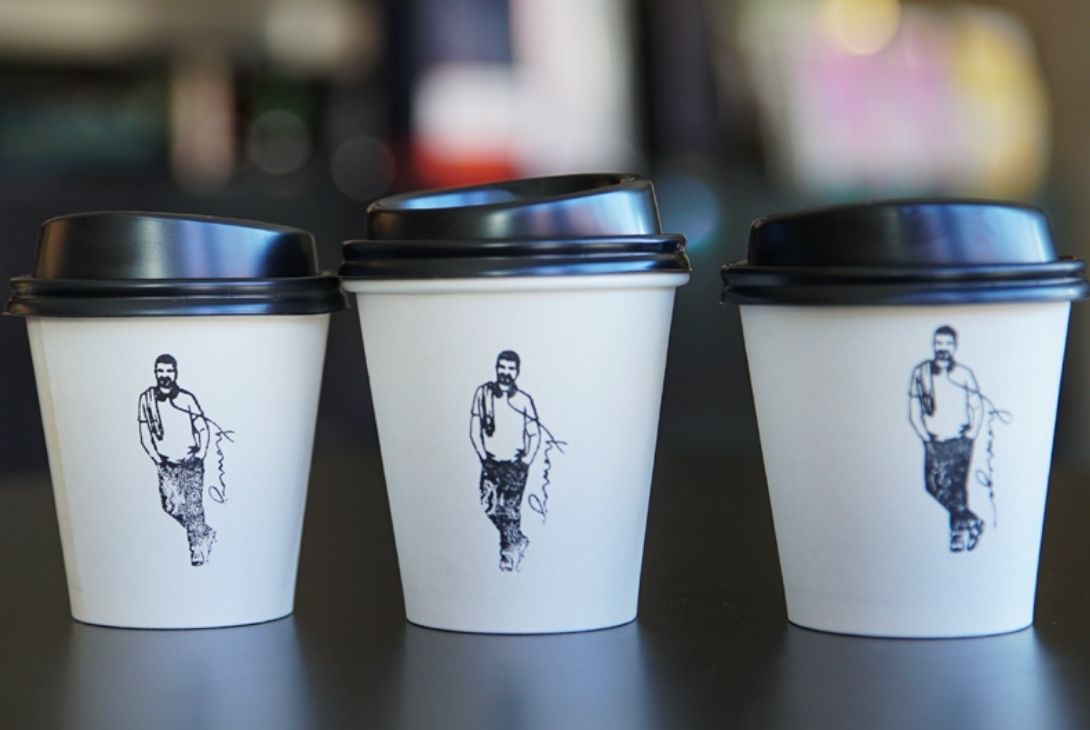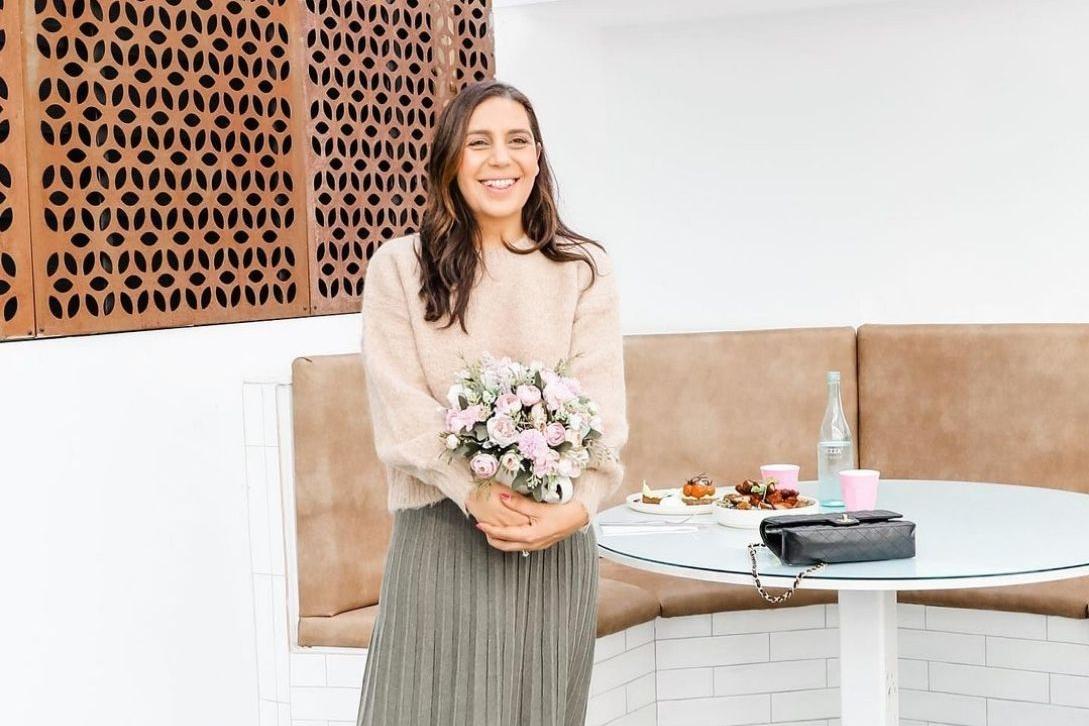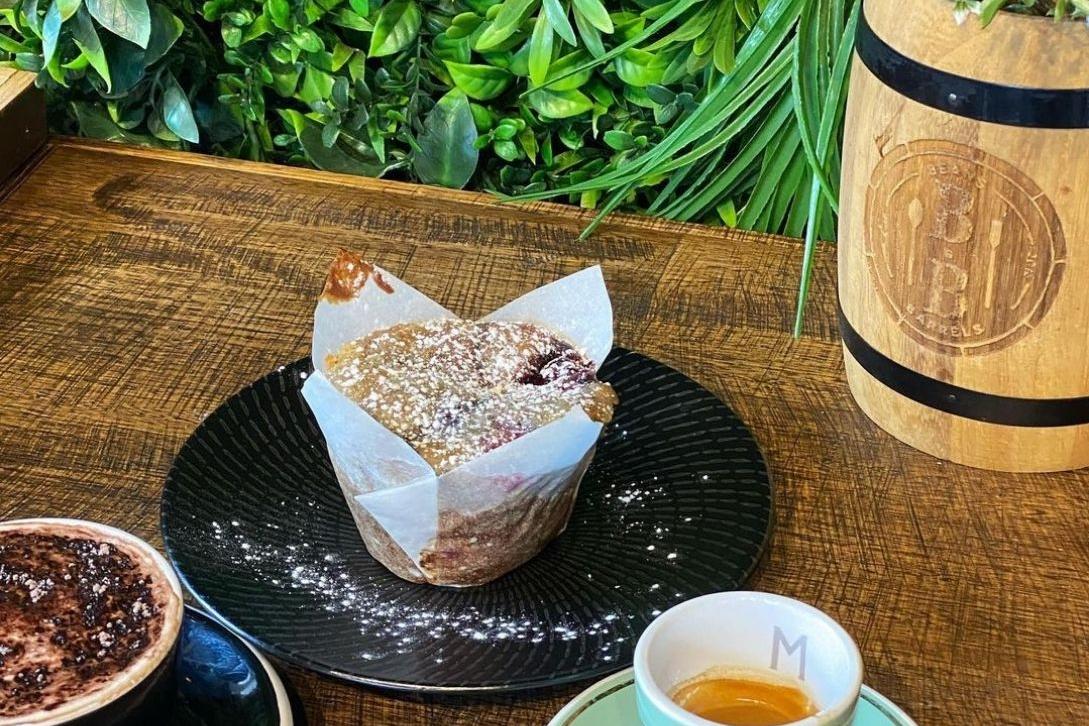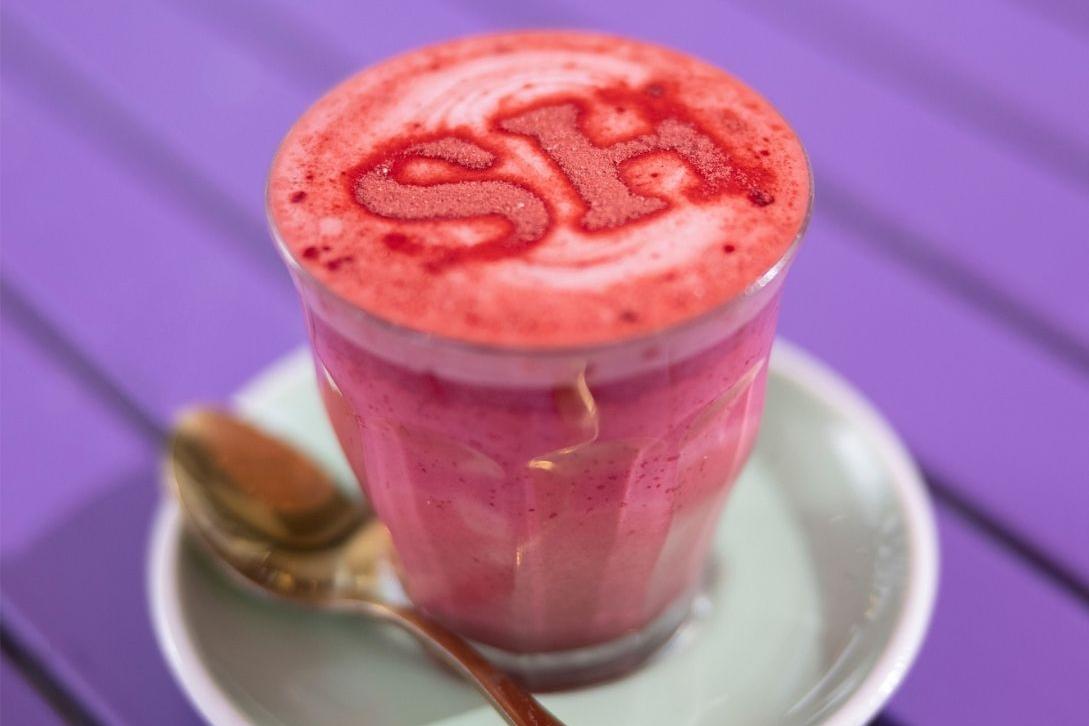About the Project
Riverside Theatres is the premier performing arts venue in Western Sydney. It is the centrepiece of performance culture in Sydney’s central city, Parramatta offering live performing arts experiences and a wide array of significant community events. Well-established and highly respected both by the local community and the national arts industry, Riverside is a successful cultural and community asset of the City of Parramatta Council.
The vision for the Theatres, endorsed through the Riverside Theatre 2017-2021 Strategy, is: “Imagining, Understanding and Celebrating our world on stage”. Riverside plays an important role in building a diverse, thriving local city culture. By connecting artists with audiences, attracting talent and industry, and supporting education and innovation, it contributes to the city’s liveliness, vibrancy and economic activity while facilitating authentic community dialogue and interaction, attracting talent and industry and supporting education and innovation.
In December 2022, Council approved a detailed business case to transform the Council-owned-and-operated Riverside Theatres into the centrepiece of Parramatta’s revitalised arts and culture precinct. Council is investing more than $136M million, with $40 million in NSW Government’s WestInvest funding also committed for the redevelopment project.
The Riverside Theatres Redevelopment Project presents an opportunity to create a new cultural anchor of scale that reflects the values, aspirations, and culture of Sydney's Central River City. Our ambition is that Riverside Theatres will support Parramatta’s aspiration and trajectory to becoming a great global and cultural city. The project sets a number of ambitious goals for its future, including providing flexible performance spaces, offering an expanded artistic program for a diverse community; and crafting an iconic and distinctive architectural landmark for Western Sydney.
The redevelopment concept plan will see Riverside Theatres’ capacity more than double and include:
- The addition of a 1,350-1400 seat Lyric Theatre;
- Refurbishment of the existing iconic 760-seat Riverside Playhouse Theatre;
- Construction of an all-new 430-seat ‘Black Box’ drama/performance theatre;
- An all-new 80-90 seat digital development studio / digital cinema; and
- Significantly enlarged and enhanced public spaces, foyers and food and beverage and function spaces.
The Riverside Theatres Redevelopment is intended to benefit the local community, residents of Western Sydney, Greater Sydney and domestic and international tourists alike. The project is envisaged as an iconic and unique centre of performing arts excellence and a world-class cultural venue which, when complete, will assist in making Parramatta a twenty-first century cultural destination and become the centrepiece for performing arts in the Central River City.

